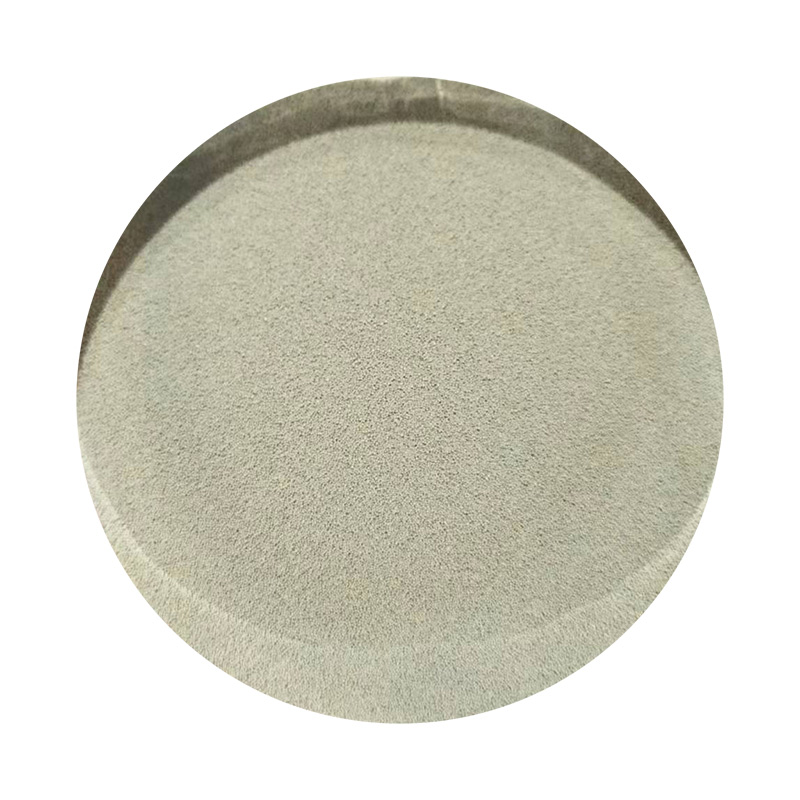Advantages of Sand Casting
Sand casting, also known as sand mold casting, is one of the oldest and most widely used metal casting processes. This method involves creating a mold from a sand mixture to produce metal parts with complex shapes and sizes. While there are various casting methods available, sand casting boasts distinct advantages that make it a preferred choice in numerous industries, including automotive, aerospace, and art. This article explores the key advantages of sand casting, highlighting its relevance and applications.
1. Cost-Effectiveness
One of the primary advantages of sand casting is its cost-effectiveness. The materials used in sand casting, primarily sand, are relatively inexpensive compared to other molding materials like metal or ceramic. The molds themselves are typically reusable, and the setup costs are minimal. This makes sand casting particularly attractive for small to medium production runs. In addition, the absence of extensive tooling and machining reduces overall project costs, enabling manufacturers to remain competitive.
2. Versatility
Sand casting is renowned for its versatility. This method can accommodate a wide variety of metals, including aluminum, steel, iron, and bronze. Moreover, it allows for the production of parts ranging from very small to extremely large, with weights reaching several tons. This versatility is crucial in industries like aerospace where complex, lightweight structures must be produced. Furthermore, sand casting can create intricate designs with varying wall thicknesses, making it suitable for producing parts with complex geometries.
3. Complexity of Design
The ability to create complex designs is another significant advantage of sand casting. This process enables manufacturers to produce intricate shapes and detailed features that may be difficult or impossible to achieve with other casting methods. Features such as undercuts and internal cavities can be easily incorporated, providing greater design freedom. This flexibility allows engineers and designers to innovate without the constraints imposed by more rigid manufacturing techniques.
4
. Scalabilitysand casting advantages

Sand casting is highly scalable, making it suitable for both small-scale productions and large volumes. Smaller manufacturers can produce low volumes without the need for expensive machinery, while larger firms can easily scale up production to meet increased demand. This scalability also means that businesses can experiment with new designs and prototypes without significant risk, as the setup costs remain manageable.
5. Surface Finish and Tolerances
While sand casting may not achieve the same level of surface finish or dimensional accuracy as processes like investment casting, advancements in technology have improved the surface quality and tolerances achieved through sand casting. Modern techniques, such as using resin-bonded sand and controlling the mold production process, can yield parts with better surface finishes and tighter tolerances. This improvement minimizes the need for secondary machining processes, thereby saving time and costs.
6. Rapid Prototyping
In the realm of product development, rapid prototyping is essential. Sand casting is an effective method for creating prototypes quickly. The ability to produce molds rapidly allows engineers to test designs and iterate quickly, leading to faster product development cycles. As a result, businesses can respond to market demands swiftly and bring innovative products to market more rapidly than with traditional manufacturing methods.
7. Environmental Considerations
With an increasing emphasis on sustainability, sand casting can be viewed as an environmentally friendly option. The sand used in the casting process can be reused numerous times, minimizing waste. Additionally, the energy consumption involved in sand casting is generally lower than that associated with other methods such as die casting, which require extensive heating and cooling. As industries move towards greener practices, the advantages of sand casting become even more appealing.
Conclusion
In conclusion, the advantages of sand casting—cost-effectiveness, versatility, design complexity, scalability, improved surface finishes, rapid prototyping capabilities, and environmental sustainability—position it as a highly attractive option for many manufacturing needs. These benefits not only make sand casting a preferred method across various industries but also highlight its enduring relevance in the ever-evolving landscape of manufacturing technologies. As companies continue to innovate and seek cost-effective solutions, sand casting is likely to remain a foundational technique in the production of metal components.
Post time:Dec . 29, 2024 02:33
Next:difference between sand casting and die casting
